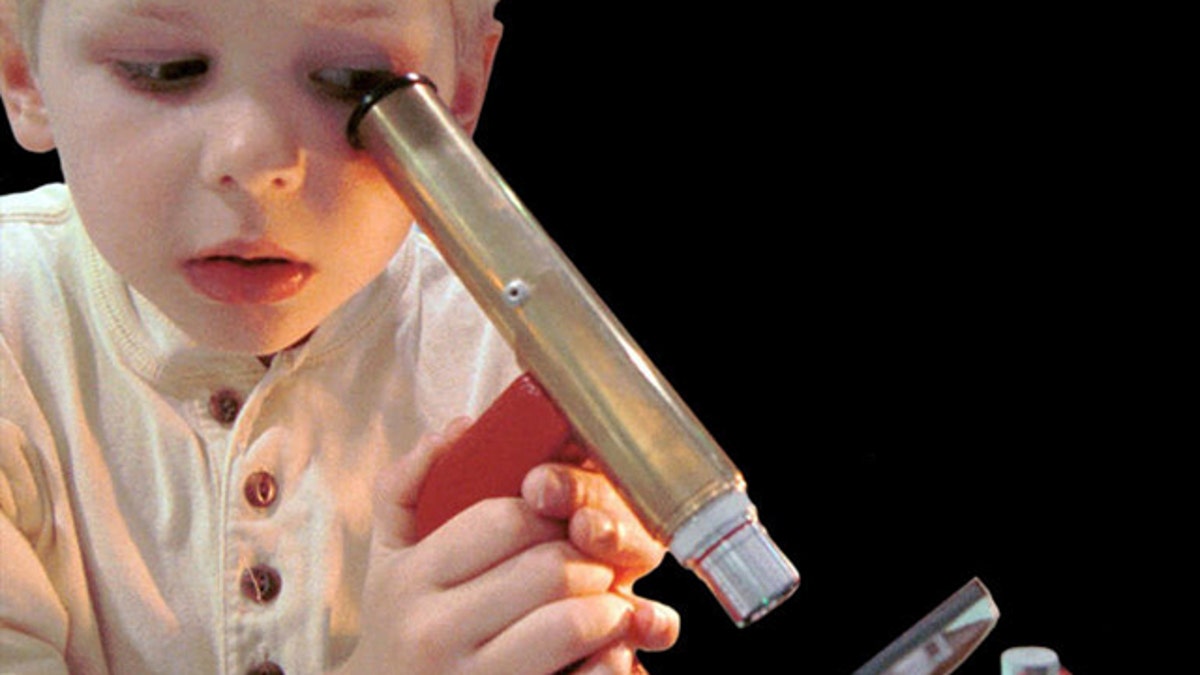
(AP GraphicsBank)
A class project about bees prepared by a group of British schoolchildren was published in a leading scientific journal Wednesday.
The 25 students -- aged between eight and 10 -- studied how bees see color and patterns for a class project at Blackawton Primary School in southwestern England.
‘We discovered that bumble-bees can use a combination of color and spatial relationships in deciding which color of flower to forage from. We also discovered that science is cool and fun because you get to do stuff that no one has ever done before," the students wrote.
They devised a series of experiments under the supervision of a scientist to show how bees learn to find food by observing color and their physical surroundings. Four of the students then worked with the scientist, Beau Lotto of University College London, to write up their findings in a research paper.
"We went to the pub ... across from the school, which provided crisps and Coke while we put it together. Then it took 20 months to get it published," Dr. Lotto said.
The students are believed to be the youngest group of researchers to have a contribution to scientific understanding recognized in a leading scientific journal.
The research was published in Biology Letters online Wednesday.
